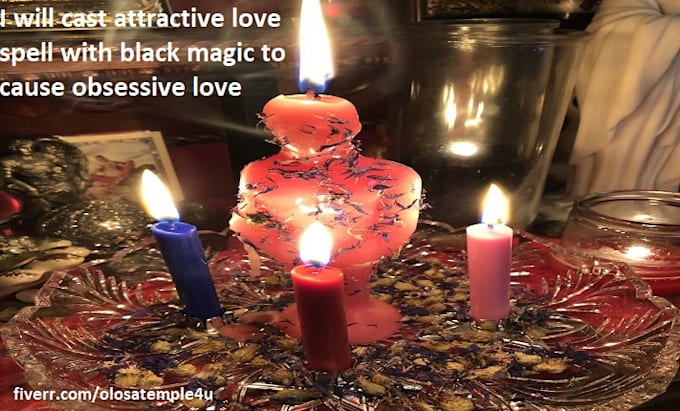
Art isn’t that kind of cure, that kind of instant elevator.

Looking away from my computer, I temper my inquisition, relax my eyes.

Do I feel something more essential in my response to the art than I do a photograph of the bird? Something more meaningful from a painting of a rhino rather than of Fausta walking through Tanzanian grass? Something reparative? The portrait seems to say something beyond ‘eagle,’ so I test my heart on that difference. Here, in what some call “Andy’s Ark,” Warhol electrifies the bird. Prior to laying eyes on the portrait, viewers would know what a bald eagle looks like, even if most of us, isolated from spacious nature, have only seen the majestic creature on our screens, in videos narrated by David Attenborough-in electronic simulations of the actual. In the Bald Eagle, depicted as what Warhol called an animal in makeup, I see his signature elevation of the everyday. He’s printed in blues against a melon background, his eyes beady, his creases and folds traced in bright tangerine. Warhol’s black rhino struggles to stand in his portrait, as if injured or ancient.
#Magic bullet looks black screen skin#
In another, a Grévy’s zebra throws a side-glance, her skin tiger-striped in orange and yellow. They’re beautiful, colorful in his pop art way, the African elephant printed in purple, outlined in sketchy lime and cobalt. On another tab, I scroll through the silk screens of Andy Warhol’s Endangered Species series. On my laptop, I watch YouTube footage of Fausta, the world’s oldest black rhino, walking by herself along the fence of her sanctuary, just weeks before she passed away last Christmas. I asked my dog if he wanted to go for a walk, but it was hardly a conversation.

I stare at the rain pouring down from the clogged gutters outside my window, realizing I have yet to talk to another human today.


 0 kommentar(er)
0 kommentar(er)
